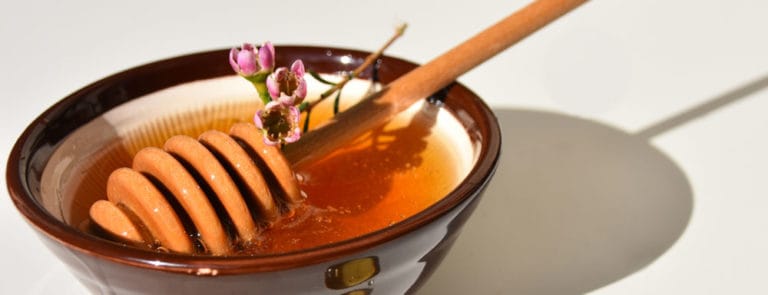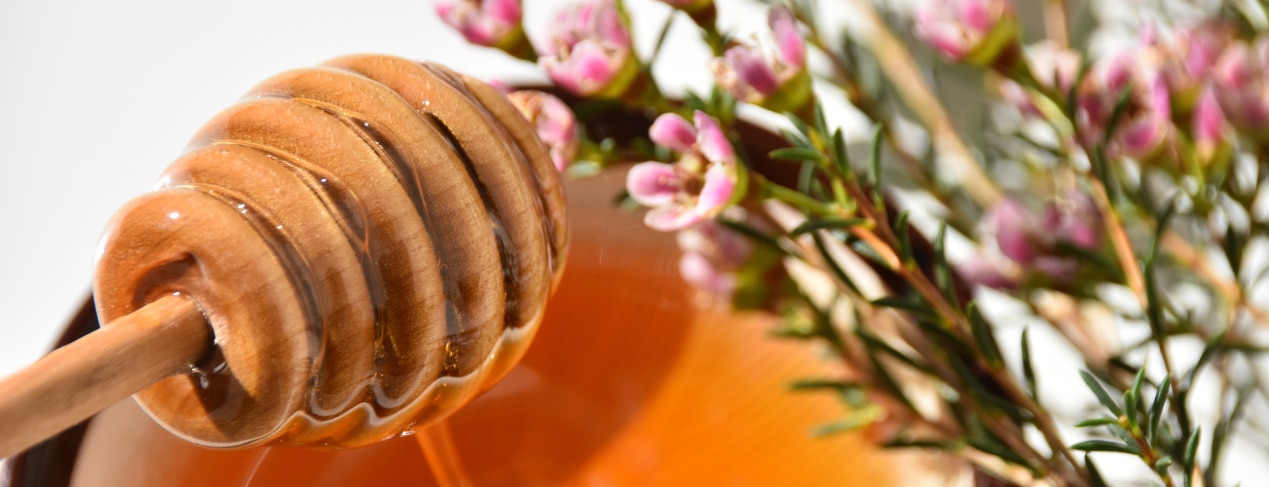10% off £35
What causes hives?
.png)
Hives – also called urticaria or nettle rash – is a bumpy red rash that’s typically caused by an immune response, like an allergic reaction.
In this article, we’ll explain everything you need to know about hives, from their causes, to how to beat them.
What are hives?
Hives are a raised red rash that usually covers a large area on the skin. In some instances, hives occur across different parts of the body, but typically they’re located in one place. The size ranges from as small as a thumbnail to as large as a hand.
There are three kinds of hives1:
-
Acute urticarial
Hives last up to six weeks, and typically follow a viral illness or allergic response.
-
Chronic urticaria
Hives persist for over six weeks, to as much as five years (in rare cases) and are not caused by an allergic response.
-
Physical urticaria
Hives are caused by environmental factors like excess cold or heat.
Hives are very itchy and uncomfortable. Most disappear within 48 hours. If rashes last longer than that, you’re advised to visit your GP.2
What do hives look like?
Hives look similar to rashes caused by nettle stings. They’re red, raised, and itchy, but include small, raised white weals. Weals are red or white, and usually between one and two centimetres in size. Around the weals, the skin’s red. Sometimes hives are concurrent to swelling below the affected area.3
Hives symptoms
The main symptoms of hives are:
- Raised rash with an itching or stinging feeling4
- Red or white weals of 1-2cm in size5
- Swelling under the skin
- Red patches as large as a hand or small as a fingernail
What causes hives?
Hives happen when an irritant triggers an immune response within the skin, which then releases histamines and other chemicals, similarly to an allergic reaction.6,7
Hives can be caused by8,9:
- Food allergies or intolerances
- Pollen allergies
- Insect bites
- Environmental conditions, like cold or heat
- Viral infections
- Medications
- Alcohol
- Stress
- Exercise
- Water
- Sunlight
- Latex
- Chemicals
One-third of the time, hives occur due to an allergic response, and another third, hives occur because of a viral infection. In the final third of instances, no apparent cause can be found.10
If hives are accompanied by nausea, vomiting, trouble breathing, trouble swallowing, fainting, dizziness, or swelling of the face and throat, call an ambulance as this may indicate anaphylactic shock.11
Hives treatment
Treatment for hives depends on the severity of the episode. The NHS advises sufferers only call their GP if their symptoms persist for more than 2 days.12
Treatments for hives include13:
- Non-sedating anti-histamines
- Oral steroids (in cases of severe or persistent hives)
- Soothing creams
- Cool showers and baths
- Avoiding triggers, like extreme cold or certain foods, identified after consultation with a GP or dietician
Last updated: 6 April 2021
- https://www.wsh.nhs.uk/CMS-Documents/Patient-leaflets/PaediatricDepartment/6439-1-Urticaria-hives-nettle-rash.pdf
- https://www.nhsinform.scot/illnesses-and-conditions/skin-hair-and-nails/urticaria-hives
- https://www.nhs.uk/conditions/hives/
- https://www.nhs.uk/conditions/hives/
- https://www.wsh.nhs.uk/CMS-Documents/Patient-leaflets/PaediatricDepartment/6439-1-Urticaria-hives-nettle-rash.pdf
- https://www.nhsinform.scot/illnesses-and-conditions/skin-hair-and-nails/urticaria-hives
- https://pubmed.ncbi.nlm.nih.gov/1699987/
- https://www.nhs.uk/conditions/hives/
- https://www.nhsinform.scot/illnesses-and-conditions/skin-hair-and-nails/urticaria-hives
- https://www.nhsinform.scot/illnesses-and-conditions/skin-hair-and-nails/urticaria-hives
- https://www.nhs.uk/conditions/hives/
- https://www.nhs.uk/conditions/hives/
- https://www.wsh.nhs.uk/CMS-Documents/Patient-leaflets/PaediatricDepartment/6439-1-Urticaria-hives-nettle-rash.pdf














